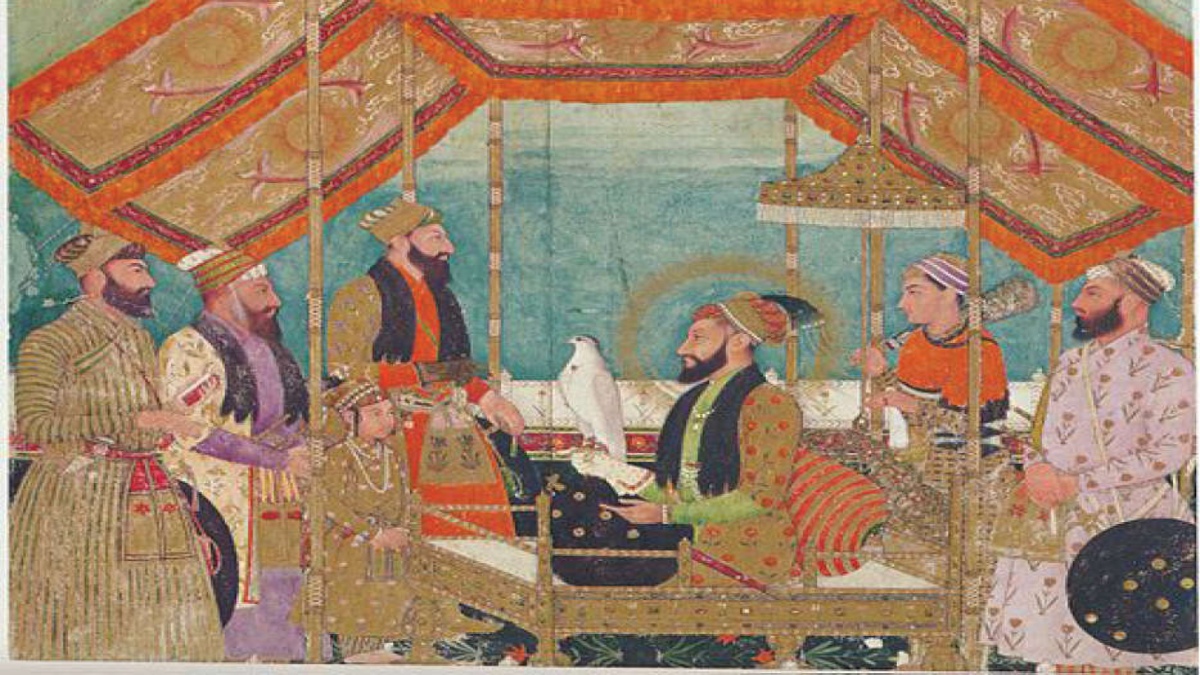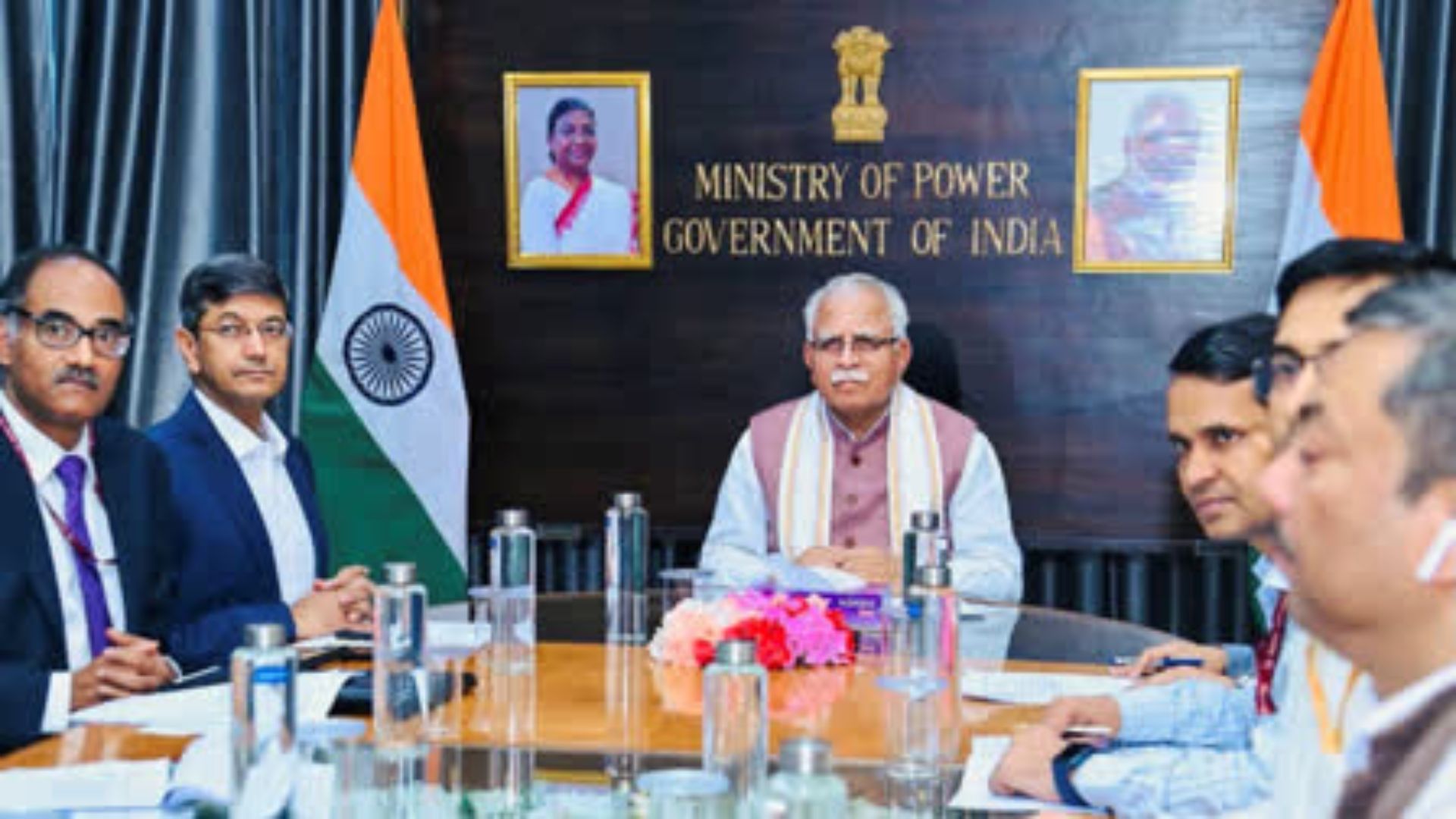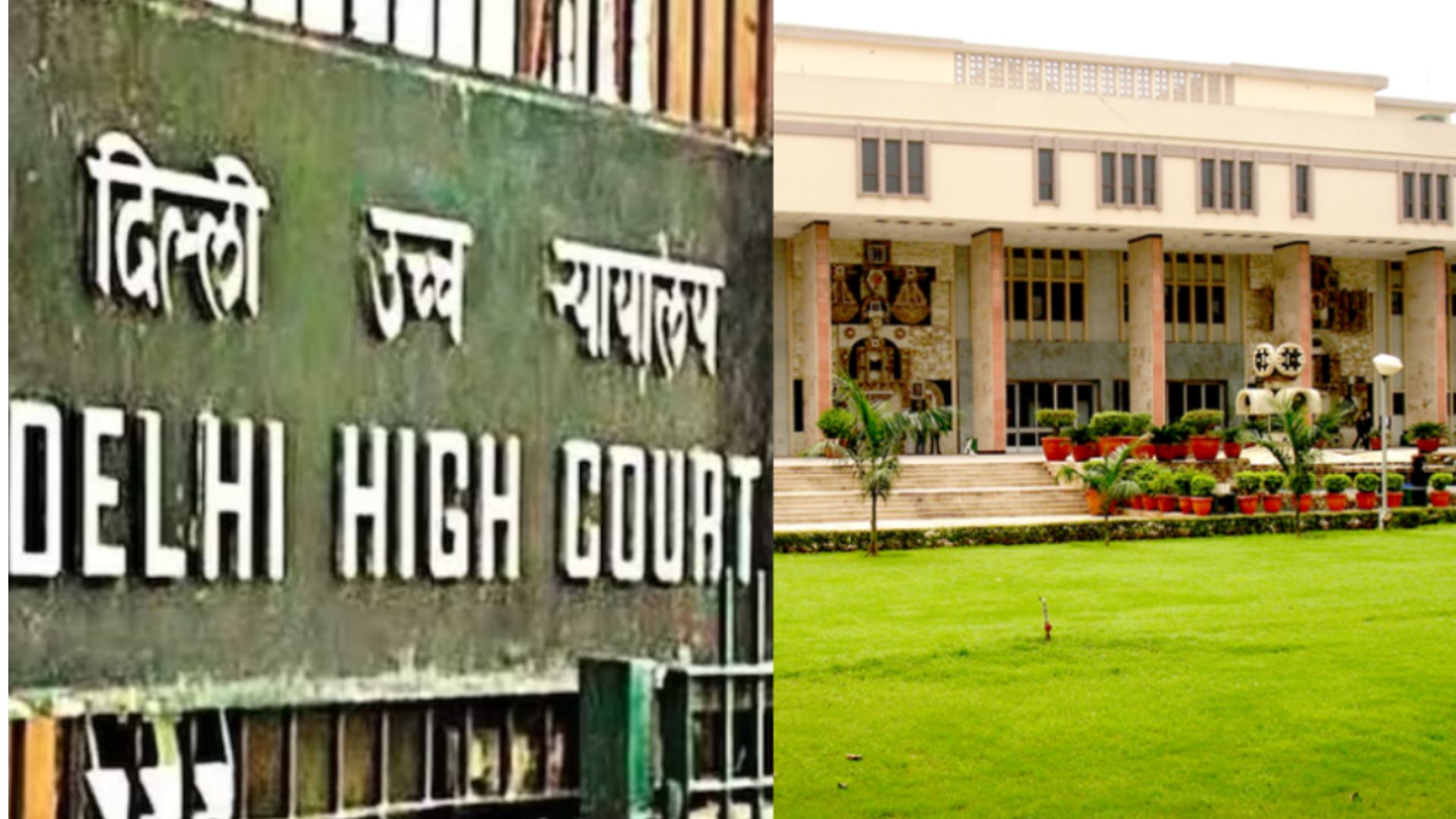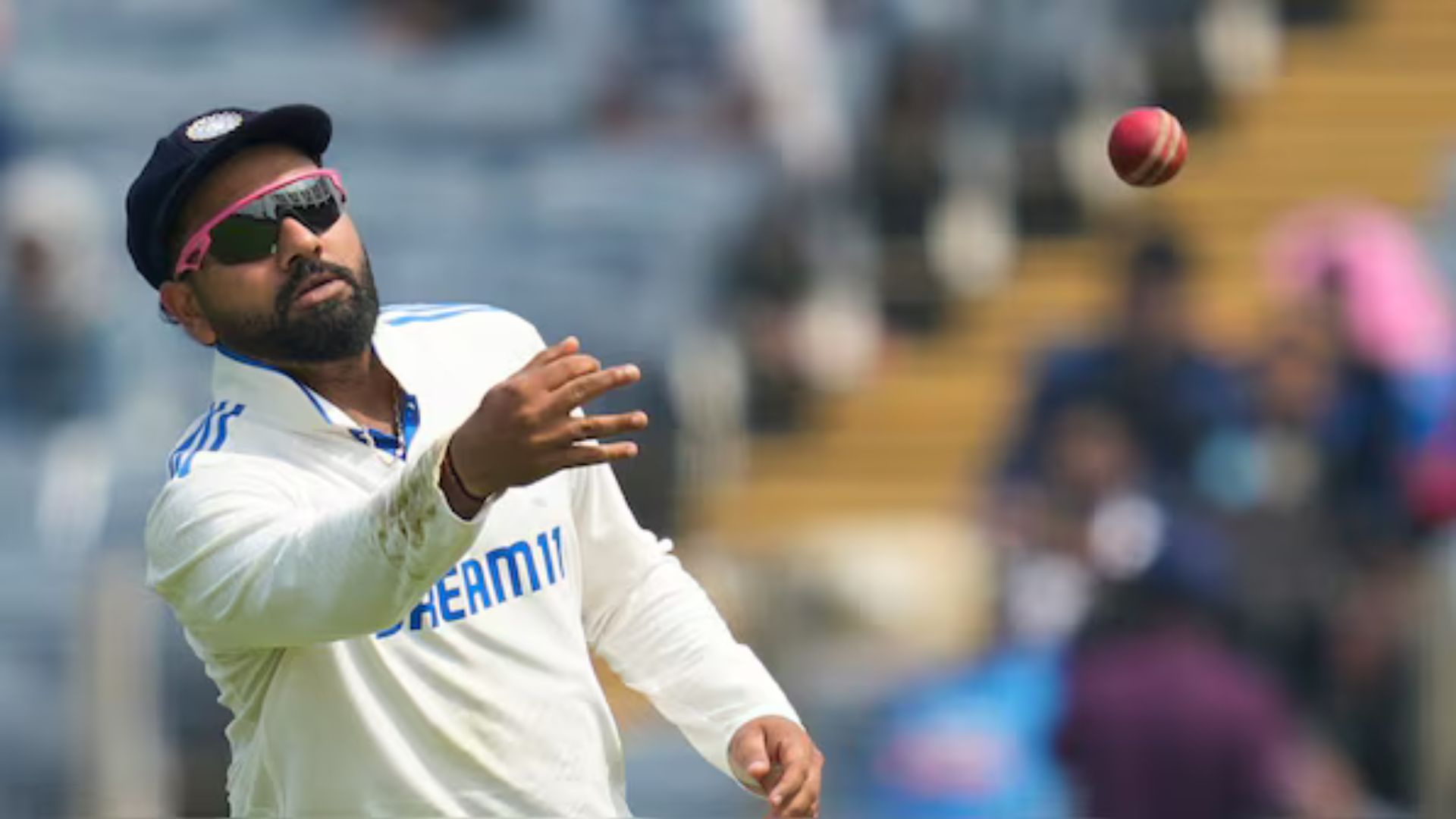
Amongst all the princely rulers of India, the Marathas were known for their bravado on the battlefield. Be it the battle cry of Chhatrapati Shivaji or the war intrigues of Bajirao, little is ever spoken of the rich heritage of Maratha culture. Its contribution to the creation of the most exquisite cotton weaves of Maheshwar and Chanderi. It’s almost Origami-like rendering of the headgear, each family creating its own form and shape of the pugri. The billowy and regal Angarkha worn by the Maharajas and stitched for them in the most luscious of cottons and the sheer beauty of the stunning Navasari immortalised by legendary Maharanis like Tarabai (Shivaji Maharaj’s mother) and Ahilyabai Holkar.
But little known for many is the stunning wall art of the Marathas, which emerged from the interaction of these rulers with their Mughal and Rajput counterparts and their own development of a taste for fine arts.
The Rajasthan style was then in fashion in wall paintings, book-illustrations and miniatures. The Peshwas, therefore, turned to Rajasthan and invited the famous painter Bhojraj from the Jaipur Darbar to delineate paintings in their palace, Shaniwar Wada (Palace) in Pune. These paintings indicate the influence of Rajasthani style. The Deccani style, which is equally important, is found in the paintings of Belbag at Pune. The indigenous Maratha style free from any foreign influence is found in a few specimens produced from the wall paintings from the wada of Jairam Swami of Vadgaon. These fragments have been preserved in the Shri Chhatrapati Shivaji Maharaj Museum at Satara.
Painting the walls of a house, palace or a temple with auspicious symbols or pictures of deities is an ancient Indian custom and was in vogue till recently. Perhaps, it is still practised as a religious custom in some areas.
The tradition of wall painting in the Maratha country goes back to the frescoes of Ajanta and Ellora. But the peculiarity of the Ajanta paintings bears no relationship with the Maratha style. The method of painting the ceiling existing in the caves of Ellora was carried to the caves at Junnar and seems to have been imitated on the ceiling of the temple at Maheshwar, at Menavali.
The intrigues of the court were not merely political in nature, they were cultural too. Manuscripts in Maharashtra which were devoid of any illustration were now being worked on by artists from Rajasthan. Miniatures in the Rajput and Pahari style were being created with religious motifs and symbolism.















